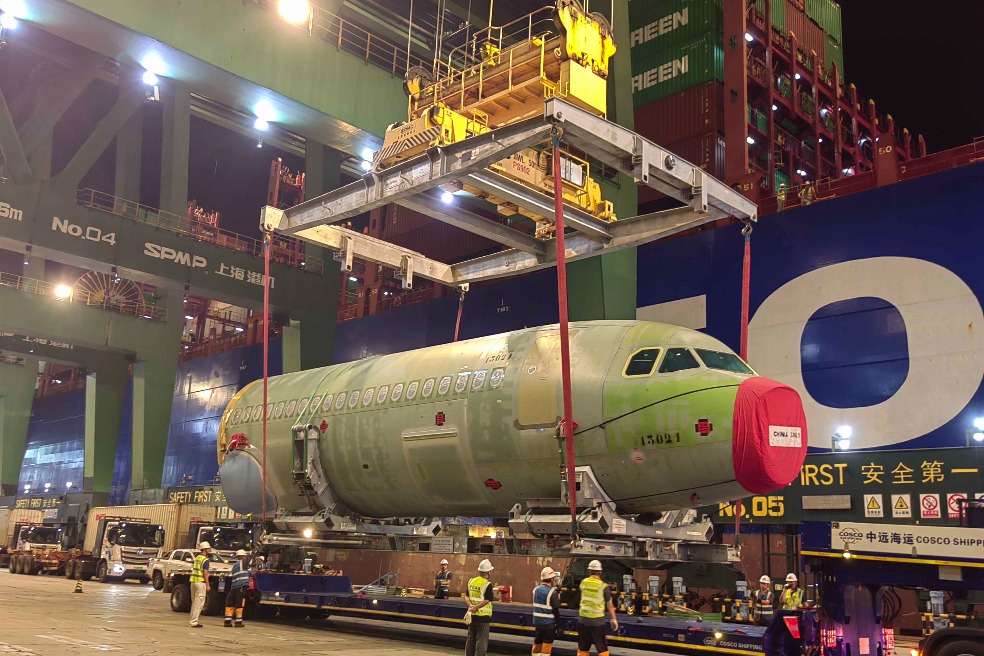Efforts propel robotics innovation heyday


In a brightly lit lab in Beijing's Zhongguancun, also known as China's Silicon Valley, a humanoid robot stands amid rows of shelves stocked with a variety of goods, its sleek, metallic frame moving with smooth precision as it navigates the aisles.
Bending slightly at the knees, the robot reaches for a bag of crisps from a mid-level shelf with its dexterous, multi-jointed hands, its grippers adjusting their pressure to avoid crushing the package. The robot then places the item into a cart before heading toward the next section.
Developed by Beijing Galbot Co Ltd, the robot made a splash with its flexibility at the recently concluded 2025 World Artificial Intelligence Conference. It is evidence of the strides China has made in its humanoid robotics sector thanks to the joint efforts of the government, industry and academia.
The Chinese government has shown its commitment to supporting the robotics industry through multiple initiatives and a range of local government incentives.
According to a set of guidelines released by the Ministry of Industry and Information Technology, the country plans to launch various robotics innovation programs and encourages investment in the development of software and key components for humanoid robotics. It is also working to promote cooperation between humanoid robotics companies and universities and research institutes.
In Shenzhen, Guangdong province, a dedicated "robotics valley" clusters dozens of top universities, research institutes and tech firms, creating a hub where ideas flow freely from labs to factories.
According to the Chinese Institute of Electronics, the nation's humanoid robot market is projected to reach 870 billion yuan ($121.9 billion) by 2030.
The industry's potential to reshape various sectors ranging from manufacturing to healthcare services, coupled with government support, has incentivized many market players to turn tech visions into daily realities.
Wang He founded Galbot in May 2023, seeking to develop generalized, embodied, multimodal large-model AI robots. The company unveiled its first-generation robot, Galbot, within just one year of its establishment. The robot features wheels, dual arms and a foldable body. It can reach upward to 2.4 meters and bend down to reach objects on the ground.
At present, the robots are attracting orders and are scheduled for nationwide promotion by the end of the year. They are already on duty around the clock in nearly 10 pharmacies in Beijing, handling over 5,000 types of medicine every day.
Xinhua - China Daily




































